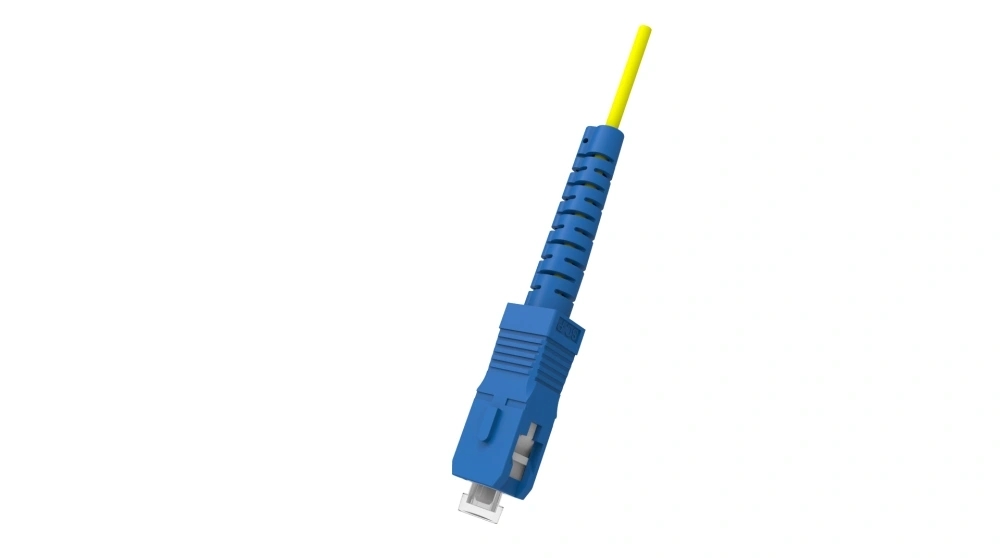The Importance of Material Selection in Fiber Optic Jumper Connectors

Fiber optic jumper connectors play a crucial role in the performance of fiber optic networks. These connectors ensure seamless transmission of data by connecting and aligning the fibers within the network infrastructure. One crucial aspect that significantly affects the overall performance of these connectors is the choice of material. The material used in fiber optic jumper connectors has a direct impact on their durability, loss, and insertion capabilities.
1. Durability and Longevity
The material used in fiber optic jumper connectors directly influences their durability and longevity. Various materials, such as ceramic, metal, and plastic, are commonly used for connectors. Ceramic connectors are known for their superior durability and resistance to mechanical stress. They can withstand harsh environmental conditions and offer exceptional stability, making them an ideal choice for demanding applications. Metal connectors, on the other hand, provide excellent durability and are often used for high-speed and high-density applications. Plastic connectors, while less durable compared to ceramic and metal, are cost-effective and suitable for less demanding applications.
2. Loss and Insertion Performance
The material of the fiber optic jumper connector also affects the level of insertion loss. Insertion loss refers to the amount of optical power that fails to transmit through the connector due to factors like reflection and scattering. Ceramic connectors, with their precise alignment capabilities, exhibit low insertion loss, making them ideal for applications that require high levels of signal integrity. Metal connectors can also achieve low insertion loss if designed and manufactured with high precision. Plastic connectors generally have higher insertion loss due to their comparatively lower precision and alignment capabilities.
3. Environmental Considerations
Choosing the right material for fiber optic jumper connectors is crucial when considering the environmental conditions they will be exposed to. Ceramic connectors, with their high resistance to temperature variations, humidity, and corrosive substances, offer reliability in harsh environments. Metal connectors, depending on the type and coating, can provide similar or slightly lower resistance to environmental elements. Plastic connectors are more susceptible to environmental factors, and their performance may degrade over time if exposed to extreme conditions.
In conclusion, the material of fiber optic jumper connectors plays a crucial role in their overall performance. Ceramic connectors offer exceptional durability and low insertion loss, making them the preferred choice for demanding applications. Metal connectors, depending on their design and precision, can also provide excellent performance. Plastic connectors are cost-effective and viable for less demanding applications but may have higher insertion loss and limited durability. Selecting the right material based on the specific requirements and environmental factors is essential to ensure optimal performance and reliability in fiber optic networks.



